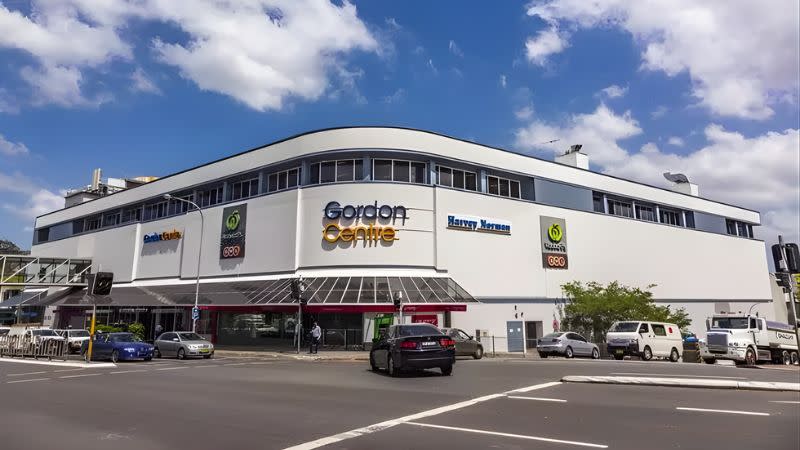Ku-ring-gai Finally Joins NSW’s TOD Planning Scheme

The last domino has fallen in NSW’s rollout of Transport Oriented Development (TOD) precincts, as Ku-ring-gai Council finalises its long-awaited alternative scheme after intervention by the state.
The council-led TOD plans replace the original state-led TOD planning controls for precincts at Gordon, Killara, Lindfield and Roseville in Ku-ring-gai, 21km north of the Sydney CBD.
The finalisation of the alternative scheme brings the last of the 13 councils identified for TOD precincts into the program.
The alternative scheme for the North Shore government area now allows for the delivery of about 24,728 homes, up from 21,430 homes possible under the previous TOD controls, the NSW Government said.
The council tabled its original plan replacing the state proposals with the NSW Department of Planning and Environment in May 2025 after a public consultation the previous month.
But it faced a backlash from the development industry for cutting a potential 1569 homes.
The cutbacks would have forced reductions in 19 projects already under way, including 580 homes from sites where State Significant Developments (SSDs) had already been filed.

The uncertainty triggered developers flooding the State Significant pathway with development applications prior to the deadline for proposals to still be considered under the state-led TOD plans.
But the NSW Government stepped in to make amendments to the council’s plan, including increasing height and floor space controls for key sites at Gordon and Lindfield.
It also amended height controls to improve transitions around heritage items and in heritage conservation areas, and amended affordable housing contribution rates on council-owned land, the state said.
The newly finalised scheme allows buildings in those centres of between 6 and 24 storeys, with up to 28 storeys allowed on a “key site” in Gordon.
The council plans include a “more moderate” housing uplift at “transitional” suburbs Killara and Roseville, allowing for buildings up to eight storeys.

Up to 10 per cent of homes are required to be allocated as affordable housing on key sites “depending on site feasibility”.
It also includes the rezoning of some residential sites within 800m of a train station, doubling the TOD standard in other areas.
All development applications lodged or State Significant development applications with valid Secretary’s Environmental Assessment Requirements (SEARs) will continue to be assessed under the original TOD SEPP controls.
NSW Minister for Planning and Public Spaces Paul Scully said the scheme was a “great outcome” and it was largely welcomed by the industry.
Charter Hall managing director David Harrison made the rare move to “applaud the collaborative approach” which would allow its 900-unit plan at Gordon to go ahead.
The government’s policies and council collaboration has been “the single largest driver of rental and housing price growth,” Harrison said.

“Capital has a choice—and it’s going to be deployed where there is less risk in planning and where the velocity of capital can meet return expectations.”
But the spotlight will remain on the Ku-ring-gai Council and several other high-profile Sydney councils whose development performance continues to lag.
Ku-ring-gai must deliver 7600 homes by 2029 under the state’s allocation of National Housing Accord targets.
Urban Taskforce analysis of Australian Bureau of Statistics data places Ku-ring-gai in the five worst performers, approving only 611 homes in the Housing Accord period so far, or 32.2 per cent of their target.
North Sydney is at the bottom with 26.2 per cent of its target, followed by Strathfield (27.4 per cent), Willoughby (30.6 per cent), Waverley (31.2 per cent).
Beyond the top 10 laggards, which also include Hunters Hill, Woollahra, Sydney CBD, Northern Beaches and Hornsby, however, every other council in Sydney met at least 45 per cent of its pro-rata Accord target.













